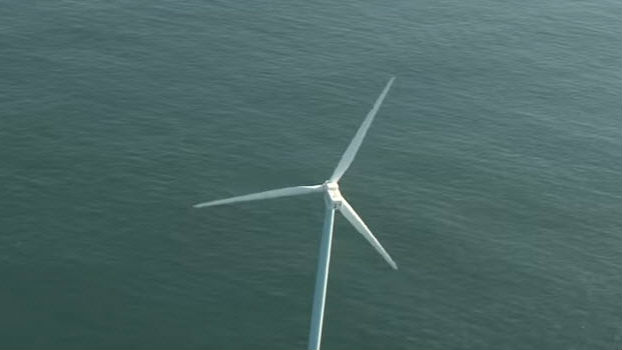Energy Investment Tending Towards Renewables

In a first-ever detailed analysis of investment across the global energy system, the International Energy Agency (IEA) said on Wednesday that global energy investment fell by eight percent in 2015, with a drop in oil and gas upstream spending outweighing continued robust investment in renewables, electricity networks and energy efficiency.
Total investment in the energy sector reached $1.8 trillion in 2015, down from $2.0 trillion in 2014, according to World Energy Investment 2016.
The new annual report shows that the energy system is undergoing a broad reorientation toward low-carbon energy and efficiency, but investment in key clean energy technologies needs to be further ramped up to put the world economy on track for climate stabilization.
With energy supply spending of $315 billion, China was once again the world’s largest energy investor last year thanks to robust efforts in building up low-carbon generation and electricity networks, as well as implementing energy efficiency policies.
Investment in the United States’ energy supply declined to about $280 billion in 2015, falling nearly $75 billion, due to low oil prices and cost deflation, representing half of the total decline in global energy spending. The Middle East and Russia emerged as the most resilient regions to spending cuts, thanks respectively to lower production costs and currency movements. As a result, national oil companies accounted for 44 percent of overall upstream investments, an all-time high.
Renewable energy investments of $313 billion accounted for nearly a fifth of total energy spending last year, establishing renewables as the largest source of power investment. While spending on renewable power capacity was flat between 2011 and 2015, electricity generation from the new capacity rose by one third, reflecting the steep cost declines in wind turbines and solar PV. The investment in renewable power capacity in 2015 generates more than enough to cover global electricity demand growth.
Technology innovations boosted investment in smart grids and storage, which are expected to play a crucial role in integrating large shares of wind and solar. While grid-scale battery storage investment expanded tenfold since 2010, their value is predominantly to complement the grid, which continues to absorb much larger investment.
Global gas-fired power generation investment declined by nearly 40 percent. Asian markets continued to favor investment in coal power. Investment activity in European gas power remained muted despite large retirements anticipated in the next decade.
In certain countries, lower prices slowed the trend towards more fuel-efficient vehicles, most notably in the United States where the rate of improvement in efficiency was two-thirds lower than that in recent years.
